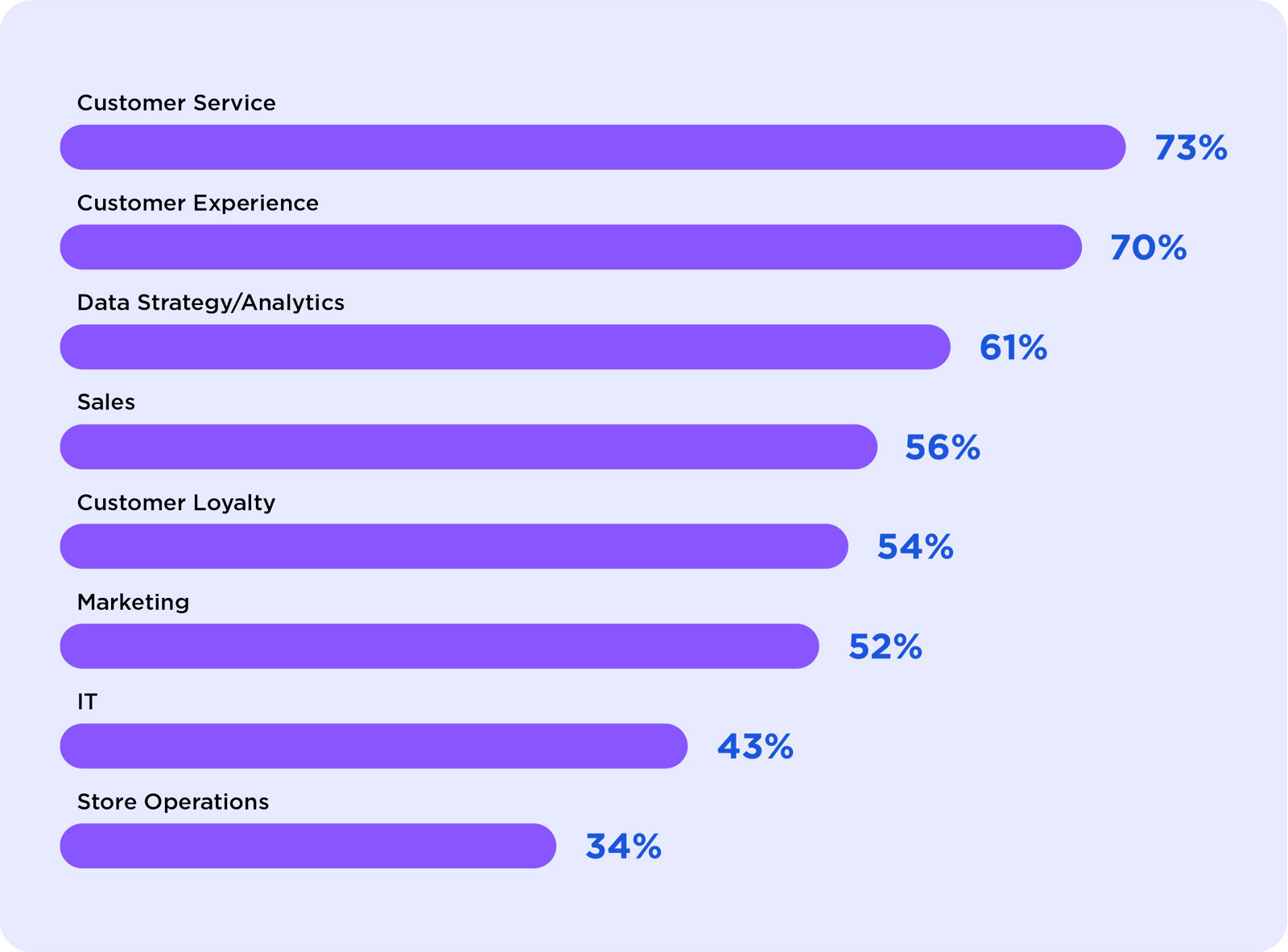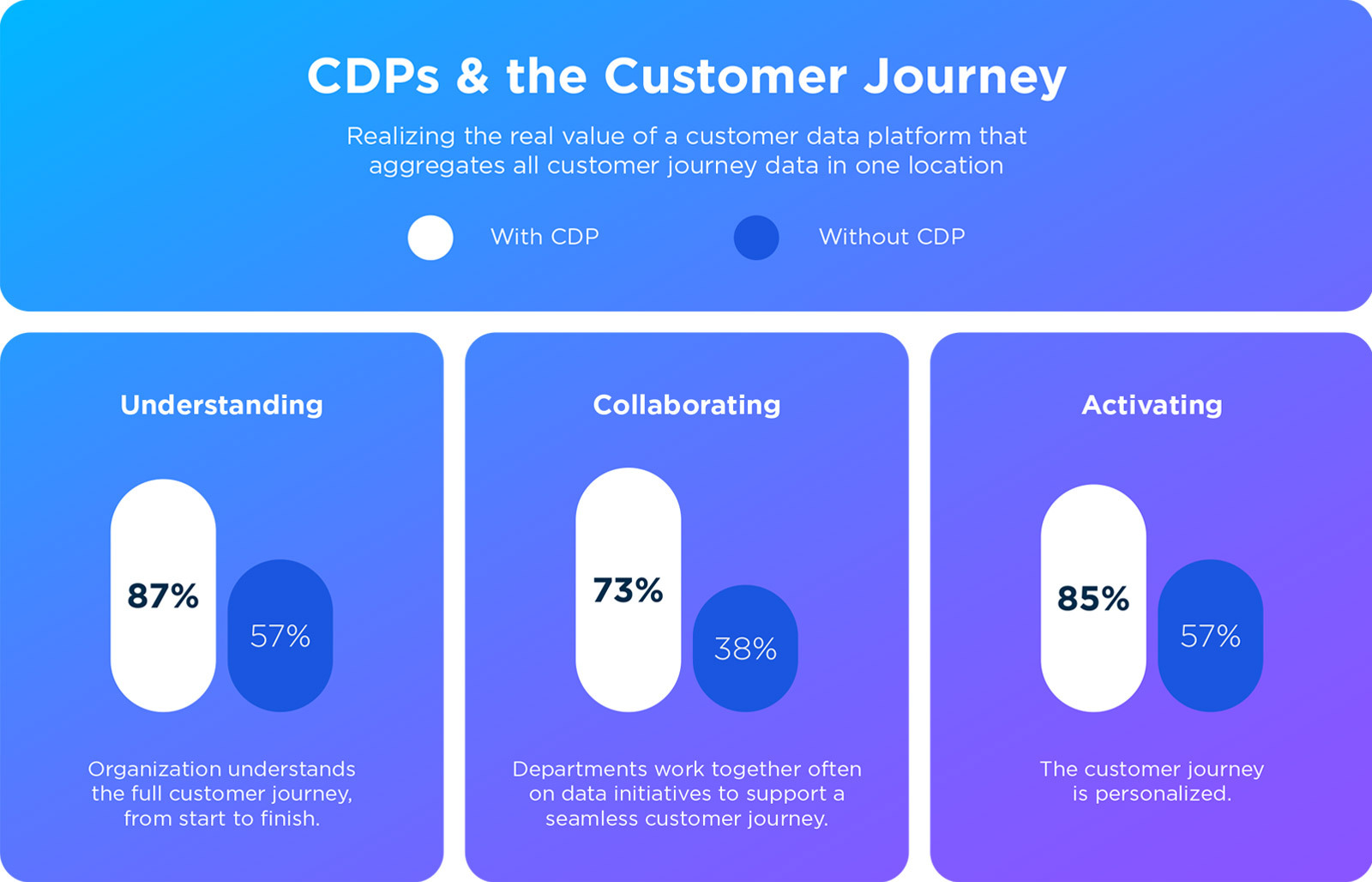Report: ‘Chaotic’ Customer Journeys Reveal Data Management Challenges

Understanding customer journeys is critical. But when customer preferences are constantly changing, how can companies use data to keep up?
Companies are redefining what customer journey management means across their organizations to deliver more personalized omnichannel customer experiences, according to a new study from Treasure Data.
Eighty-two percent of respondents say their organization has a good understanding of their customer journeys. However, nearly half (48%) say automated processes currently in place do not always respond well to rapid changes in customer preference or behavior. More than one-third (38%) believe customer journeys are siloed, and more than one-fourth (28%) believe the journey is “very disjointed.”
These failures often result in uninspiring or ineffective customer journeys due to a lack of personalization, either because the customer experience was not sufficiently tailored, interactions were disjointed or wrong, or because the timing of interactions was off due to delays in system updates. These roadblocks are, fundamentally, data challenges–with companies tasked to determine how the business can use data seamlessly across teams to deliver results.
“The business executives that I speak to daily are eager to meet the moment with a truly exceptional, customer-centric experience, but they’re blocked by things like chaotic customer journeys that cross channels, devices, teams, and systems,” Kazuki Ohta, Co-founder and CEO, Treasure Data, said. “The good news is that the solution to each of these challenges is actually the same thing—reshaping customer-centricity with the power of data to drive exceptional experiences.”
Who is responsible for customer journey management?
Turns out, it’s a bit complicated.
Our research finds that Customer Service (73%) and Customer Experience (70%) currently own the largest share of responsibility, with more than half (57%) of respondents agreeing that these departments should be in charge. However, only 36 percent of organizations have one person in charge of customer journey management today, revealing a more diverse and collaborative process.
In practice, responsibilities are shared across the organization. Sixty-eight percent of respondents actively collaborate on customer journey management and few do not work together in some capacity at all.

An organization’s philosophy about who is responsible for the customer journey directly impacts outlooks on customer journey management as a whole. Organizations with shared responsibility feel more confident that their customer journeys are cohesive, unified, and receptive to change.

Breaking down organizational silos
So, where’s the disconnect? Development of new or changed customer journey management initiatives often requires heavy input from technology specialists, who are sometimes situated in many departments. The complexity and cost of such changes also frequently means a long lag time between the decision to implement changes and actual implementation. Meanwhile, opportunities to quickly capture new customers fades.
“Historically, a lack of adequate coordination across groups which drive customer interactions has resulted in sub-optimal engagement, overspending and ineffective consumer experiences,” Eugene Saburi, CBO, Treasure Data, said.
While titles like omnichannel manager or customer experience manager are becoming more common, these roles are still fairly new, with a majority of organizations introducing these positions over the last three years. Respondents say that staffing remains a significant challenge across all departments involved with understanding and activating customer journeys.

Customer journey orchestration requires a new take on talent and tools
Alongside staffing, the critical next step in cutting through the chaos and delivering exceptional customer experiences is the addition or enhancement of customer journey orchestration within the technology stack.
Many organizations already have customer data aggregation capabilities in place, and those without this capability are interested and likely to acquire it. More than three-quarters of respondents (81%) say they already have a customer data platform (CDP), and nearly two-thirds of those without a data aggregation platform (62%) believe their organization will adopt one.
Customer journey orchestration uses all of a company’s data to find, engage, convert, re-engage, and reactivate buyers by elevating the martech and other systems organizations already have. The CDP is able to control the use of other platforms, triggering those platforms to take personalized actions at key points in the customer journey at the right time.

CDPs with customer journey orchestration capabilities have made it easy to respond to customers in a highly personalized way, even if they are engaging on multiple channels, which is critical to maximizing customer lifetime value.
From chaos to conversion
Companies are well positioned when it comes to understanding their customers. Now, it’s a matter of remaining relevant and competitive when new channels, experiences, or consumer demands change everything. Through collaboration and shared insights, organizations can harmonize their efforts and orchestrate exceptional customer journeys.
To learn more about our findings, download the full report “The State of Customer Journey Management” here.
